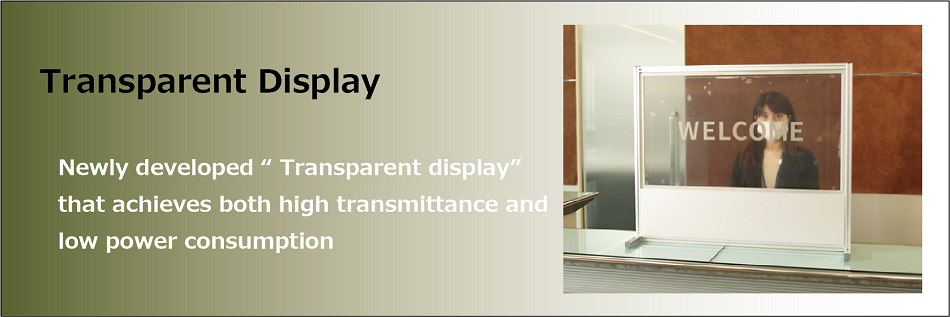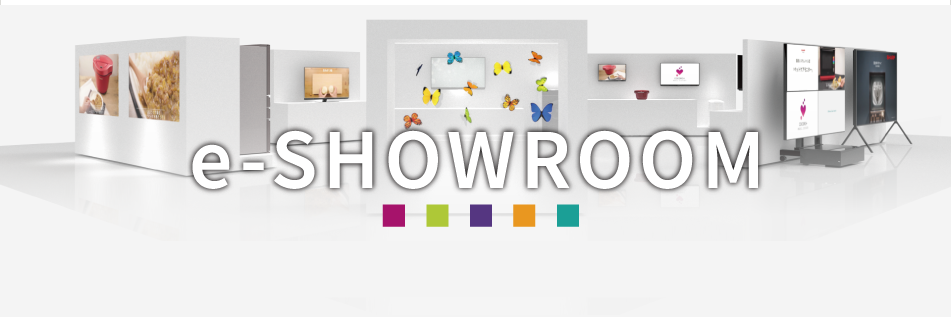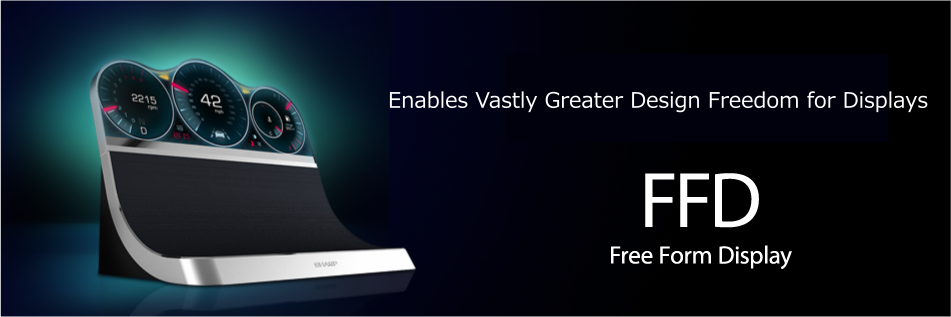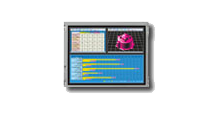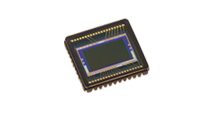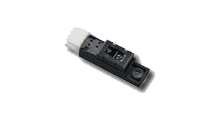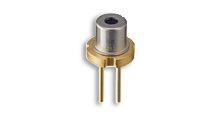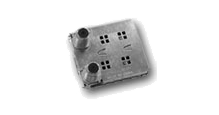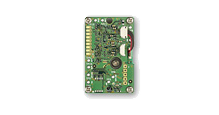- July 1 2023
-
[ Electronic Catalog ]
( Laser Diodes Catalog (March 2023) ) - April 24 2023
-
[ Electronic Catalog ]
( LCD Modules Catalog (March 2023) ) - October 31 2022
-
Redesigned Electric Components/Display Device website
[ Electronic Catalog ]
( LCD Modules & Laser Diodes Catalog (September 2022) ) - May 6 2022
-
[ Electronic Catalog ]
( LCD Modules & Laser Diodes Catalog (March 2022) ) - September 17 2021
-
New Lineup
Transparect Display update - April 01 2021
-
New Lineup
High-perfomance film with Moth Eye structure update - March 22 2021
-
New Lineup
Reflective Display update
